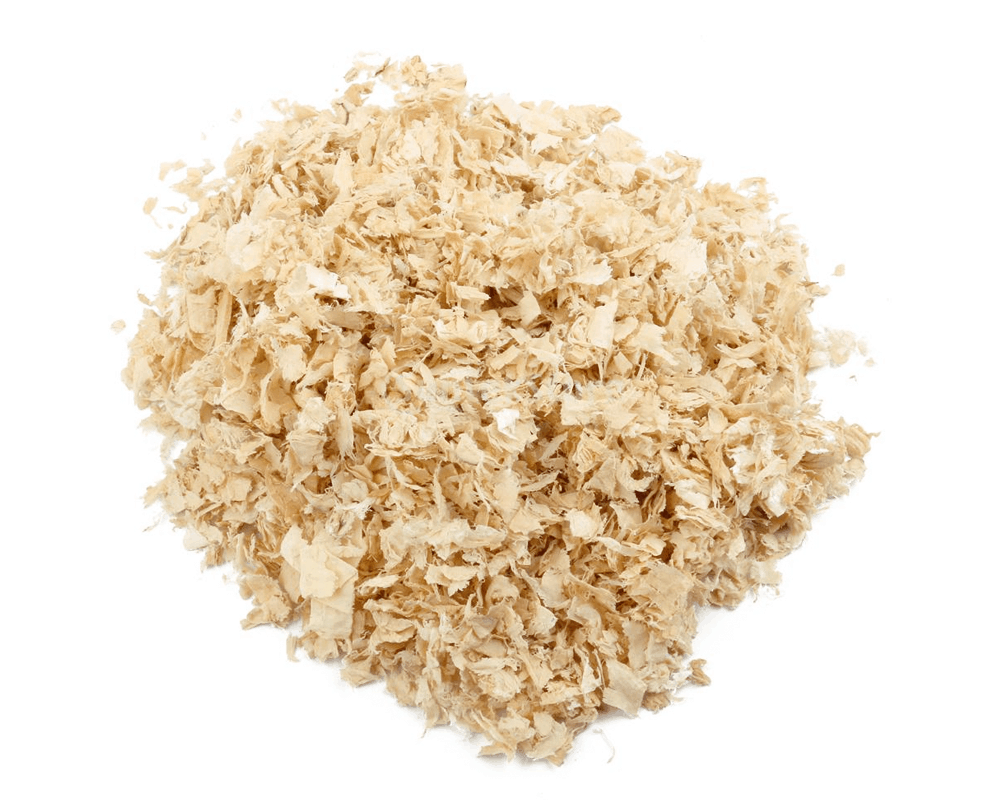
An inevitable byproduct of woodworking is a growing collection of large bags of sawdust. Sanding, sawing, planing, jointing, etc; It seems no matter what you’re working on you are in some way creating it. Over the years we’ve come up with different ways to use up little amounts here and there (homemade campfire starters, art projects, etc). However, that doesn’t come close to using up the mountains that get created. Clean sawdust (sawdust that is only pine or maple) can be used as animal bedding. However getting an entire bag that is animal approved is very rare.
The most common question that comes up is “Can I Use It In My Garden?”. In theory it is just wood, and mulch is wood, so it should be fine to spread around plants, right? Well…we should talk about that.
Often when people spread sawdust around their plants they notice that things might take a turn for the worse. The plants may appear to be dying and present with discoloration among other symptoms. The natural thought would be that the sawdust was toxic to them. This isn’t exactly accurate, however.
Sawdust requires nitrogen to break down and decompose into the soil. As it decomposes into your garden it draws the nitrogren away from your plants which also require it to thrive. So it is less of a “toxin” and more of a greedy neighbor. Spreading the sawdust around on the surface of the soil like mulch will cause this but mixing the sawdust into the soil will force it to happen faster and with greater enthusiasm.
So should you stay away from spreading sawdust on your plants? Not necessarily. Just remember that you will want to increase the nitrogen content of your soil at the same time. The rule of thumb is to use 1lb of nitrogen fertilizer for every 50lbs of sawdust. For reference, 1lb of actual nitrogen is equal to 3lb of ammonium nitrate or 5lb of ammonium sulfate. This sawdust/fertilizer mixture should be enough to cover a 10ft x 10ft area about 1.5″ deep.
Quick Note: Make sure not to pile it near any tree trunks as it might cause them to rot.
Special thanks to gardeningknowhow.com for some of the facts we needed for this post.
